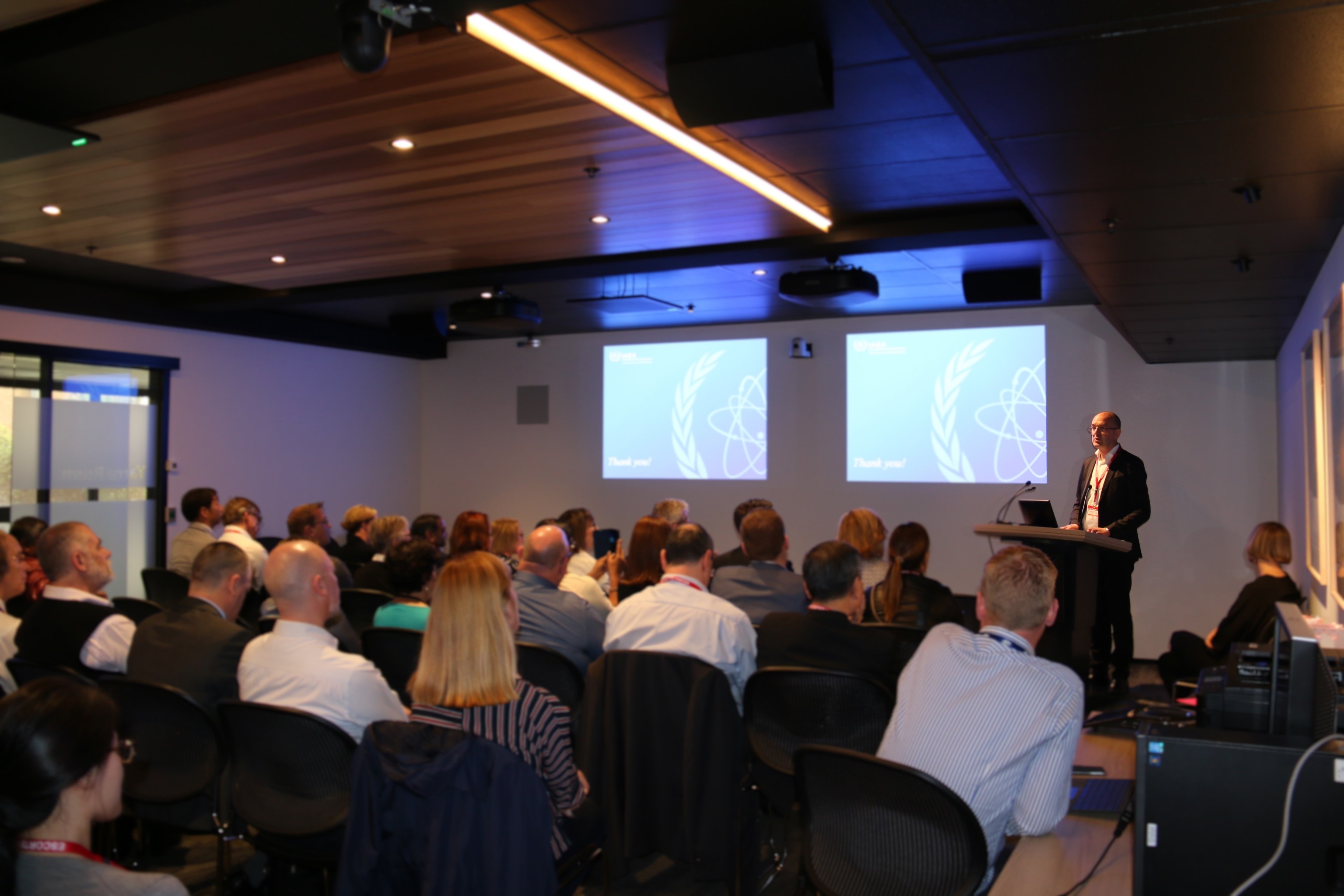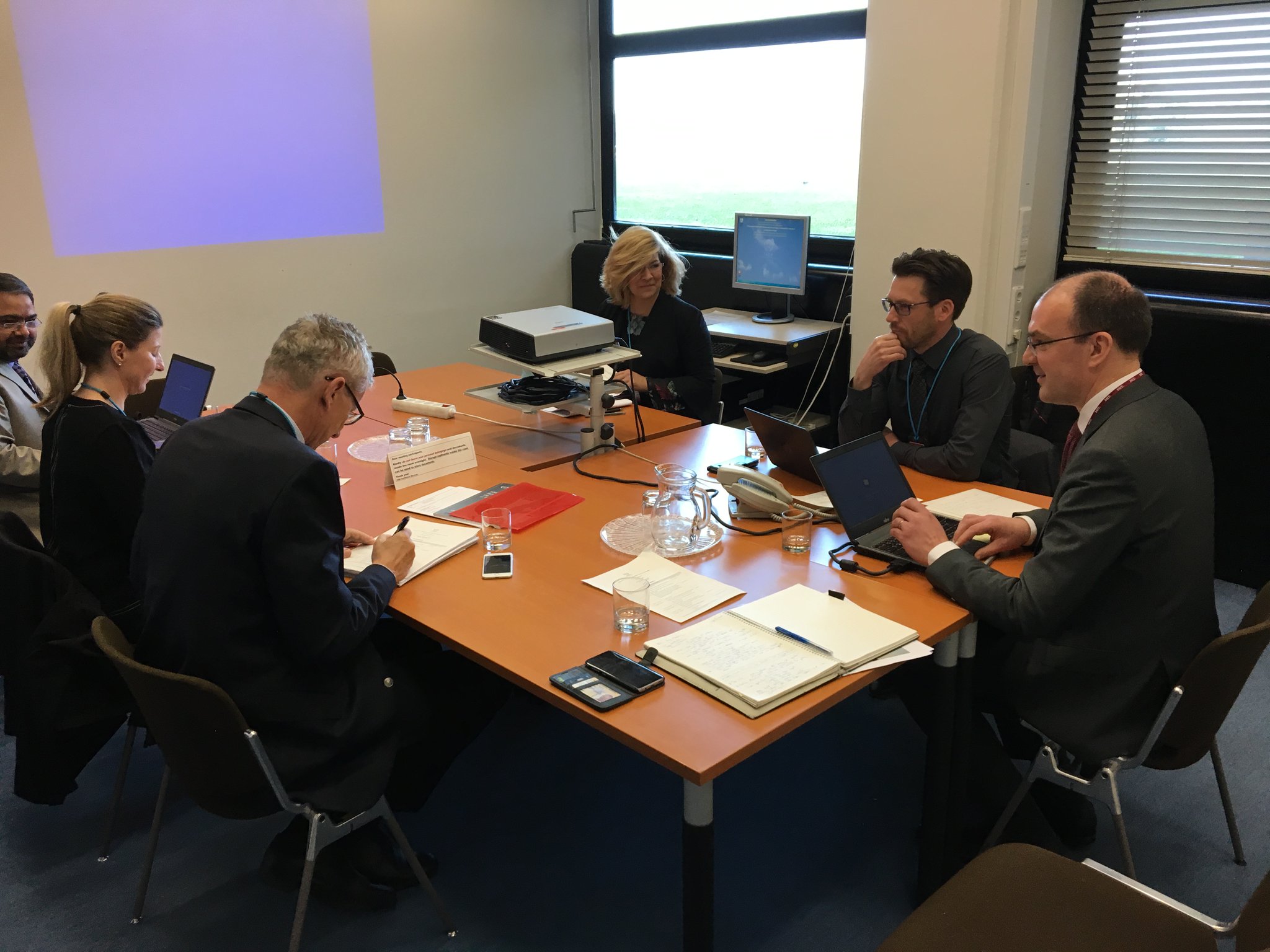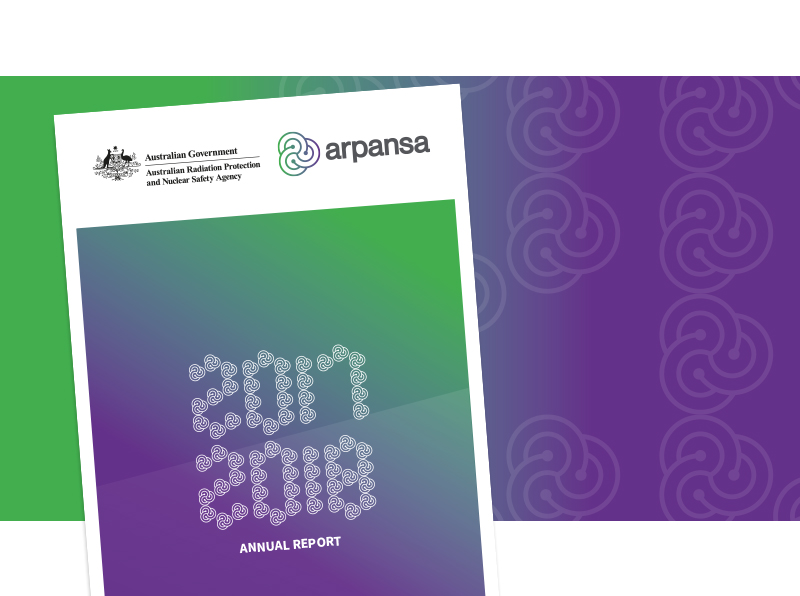-
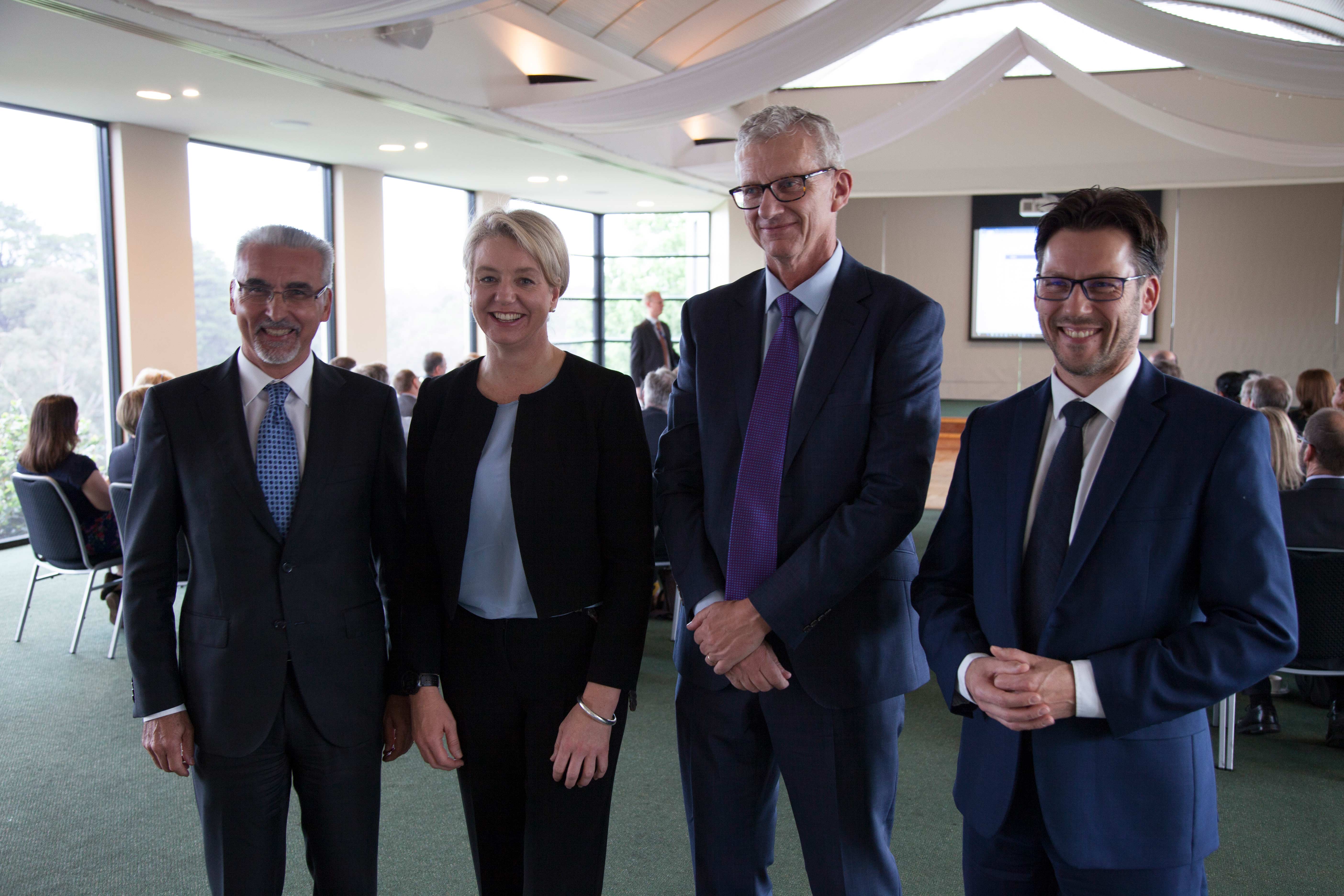
The Integrated Regulatory Review Service Report is here
The final report for the Integrated Regulatory Review Service (IRRS) mission to Australia has been released. -

ARPANSA reviews animal study on radiofrequency exposure and health
ARPANSA scientists have reviewed the recent National Toxicology Program (NTP) animal studies which looked at whether exposure to radiofrequency (RF) radiation causes any health effects, including cancer, in rats and mice. -

Regulatory update
The ARPANS Regulations 1999 and ARPANS Licence Charges Regulations 2000 have been repealed and replaced. -

New Australian study finds no link between mobile phone use and brain cancers
A study led by ARPANSA, published with the British Medical Journal Open, found no link between the use of mobile phones in Australia and incidence of brain cancers. -

Openness, transparency and a commitment to improvement- IRRS opening 2018
Today, the Integrated Regulatory Review Service (IRRS) mission was officially opened at ARPANSA. Officials emphasised the mission, reviewing Australia’s nuclear protection and radiation safety regulatory framework, shows international openness and transparency and a commitment to improvement. -
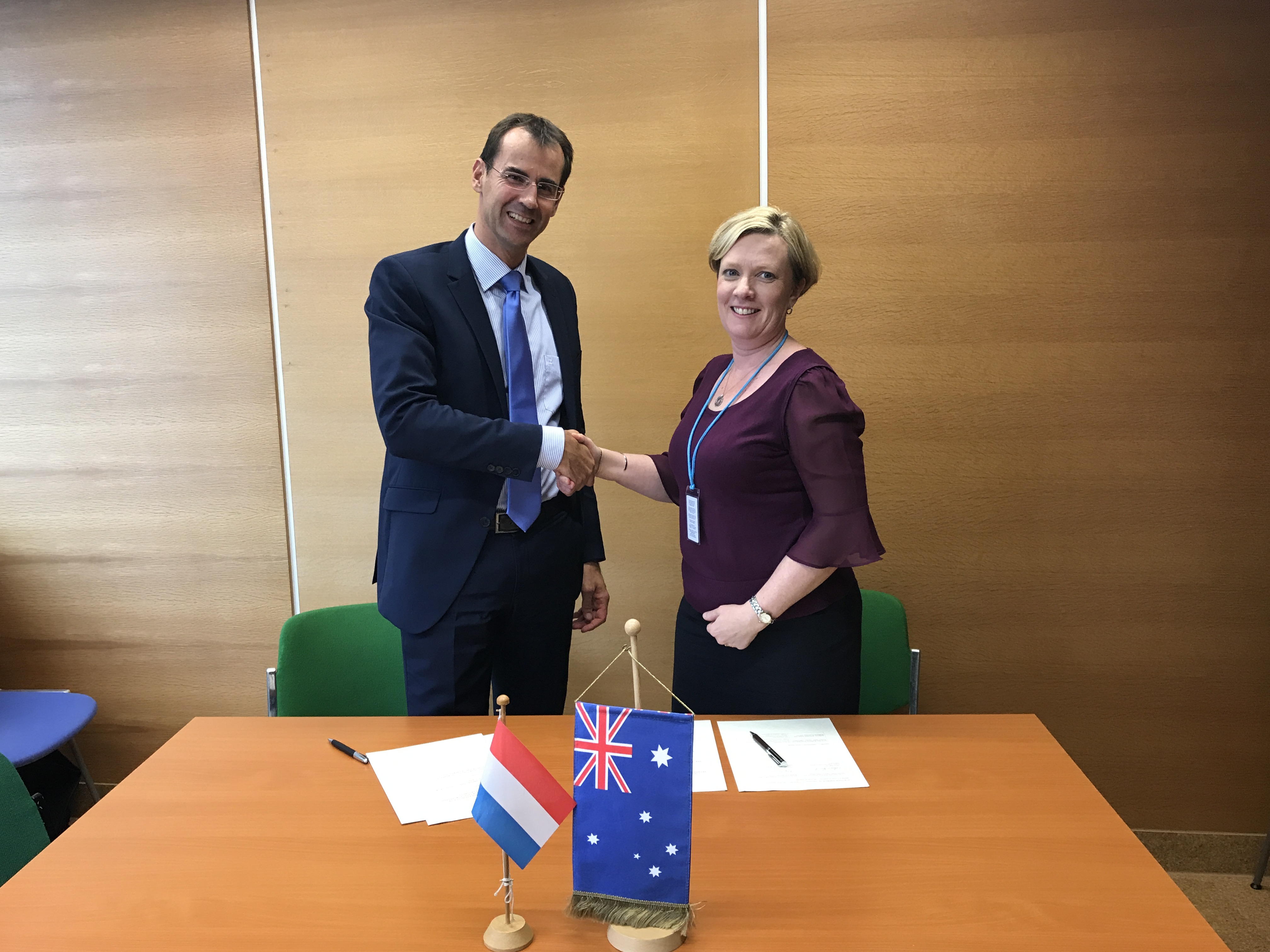
ARPANSA signs cooperative agreement with Dutch ANVS
On 19 September 2018, at the International Atomic Energy Agency (IAEA) General Conference in Vienna, ARPANSA’s Deputy Chief Executive Officer, Gillian Hirth, alongside the Deputy Chairman of the Board of the Dutch Authority for Nuclear Safety and Radiation Protection (ANVS), Marco Brugmans, signed a memorandum of understanding (MoU). -
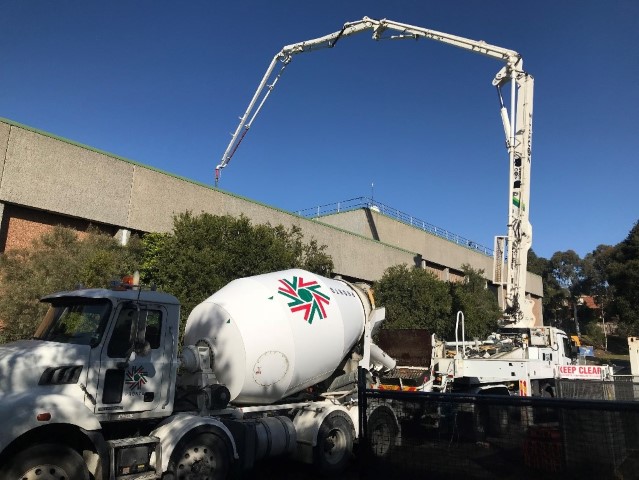
ARPANSA is installing a new medical linear accelerator (linac)
ARPANSA has been busy building a new bunker in preparation for the installation of a new, state-of-the-art medical linear accelerator (linac) -

ARPANSA issues a direction to ANSTO
On 29 June 2018, the CEO of ARPANSA, Dr Carl-Magnus Larsson, issued the Australian Nuclear Science and Technology Organisation with a direction under section 41(1A) of the Australian Radiation Protection and Nuclear Safety Act 1998. -
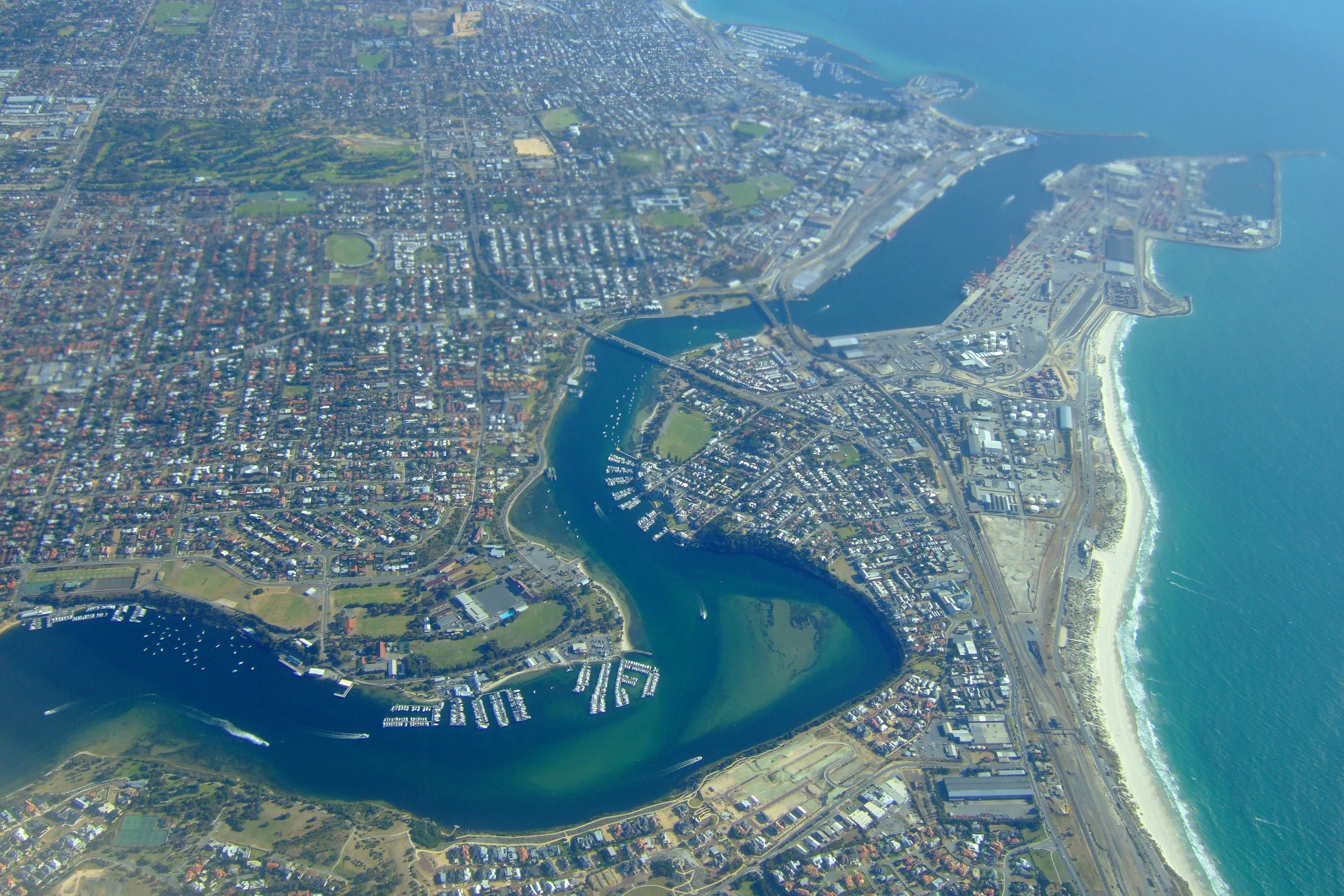
ARPANSA establishing radiation monitoring network
We are establishing a network of radiation detectors to monitor Australian ports to assist in the national preparedness for a visiting nuclear-powered warship accident. -
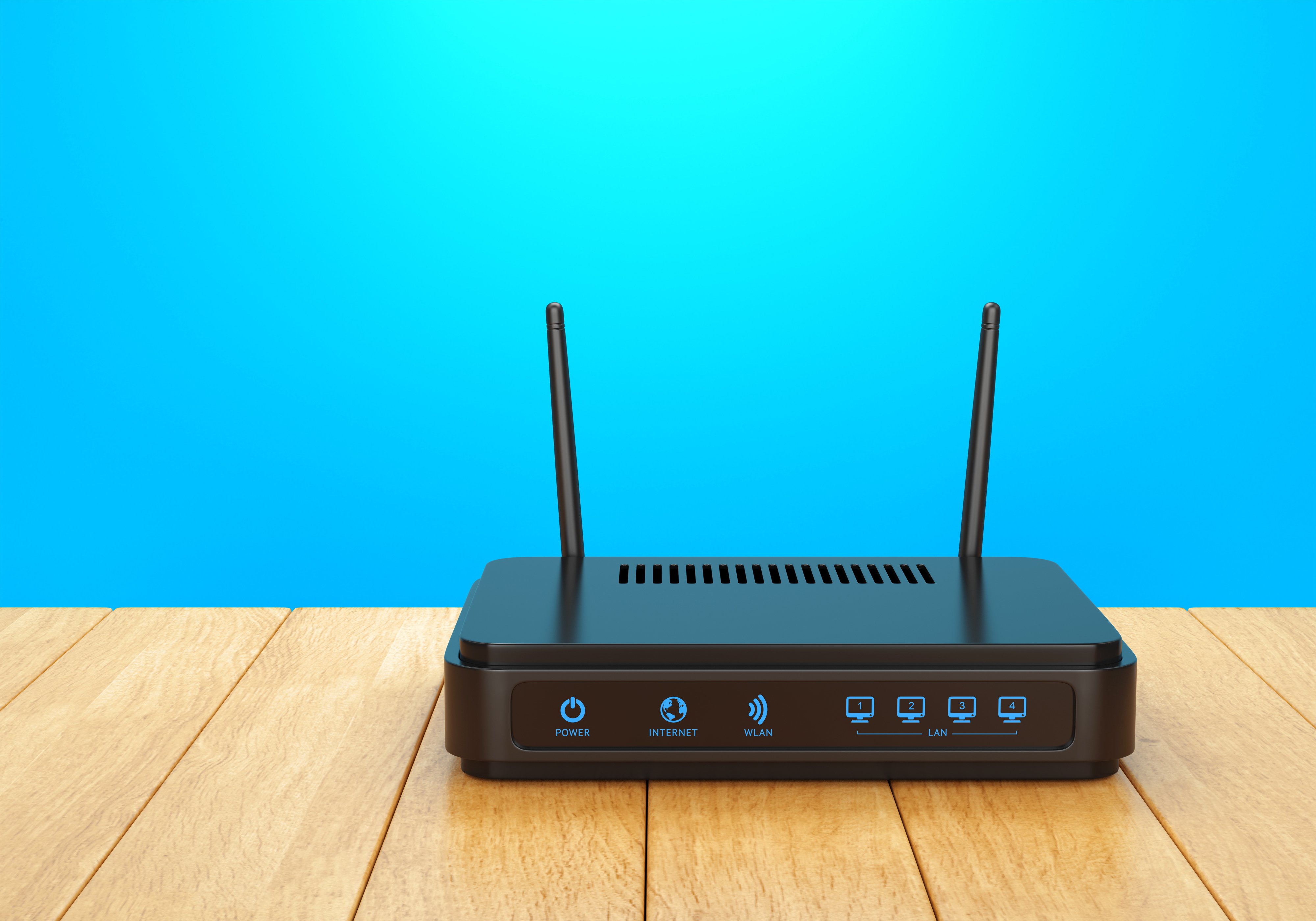
New international draft guidelines on radiofrequency fields
The International Commission on Non-Ionizing Radiation Protection has published draft guidelines for public consultation. ARPANSA is revising its Radiofrequency Standard and will consider the ICNIRP guidelines in this process. -

Cancer prevalence among aircrew compared with the general public
Aircrew are exposed to elevated levels of cosmic radiation while flying at high altitudes. A recent study from the Harvard T.H. Chan School of Public Health in the United States found that the prevalence of certain cancers in flight attendants was higher than the general population. -

Do mobile phones cause ageing to the human skin?
An article published in the Daily Mail Australia on 18 June 2018, reports that using a mobile phone can be as damaging on your skin as being out in the sun. It is concerning that the exposure from smartphones has been compared to the same time spent in the sun. -
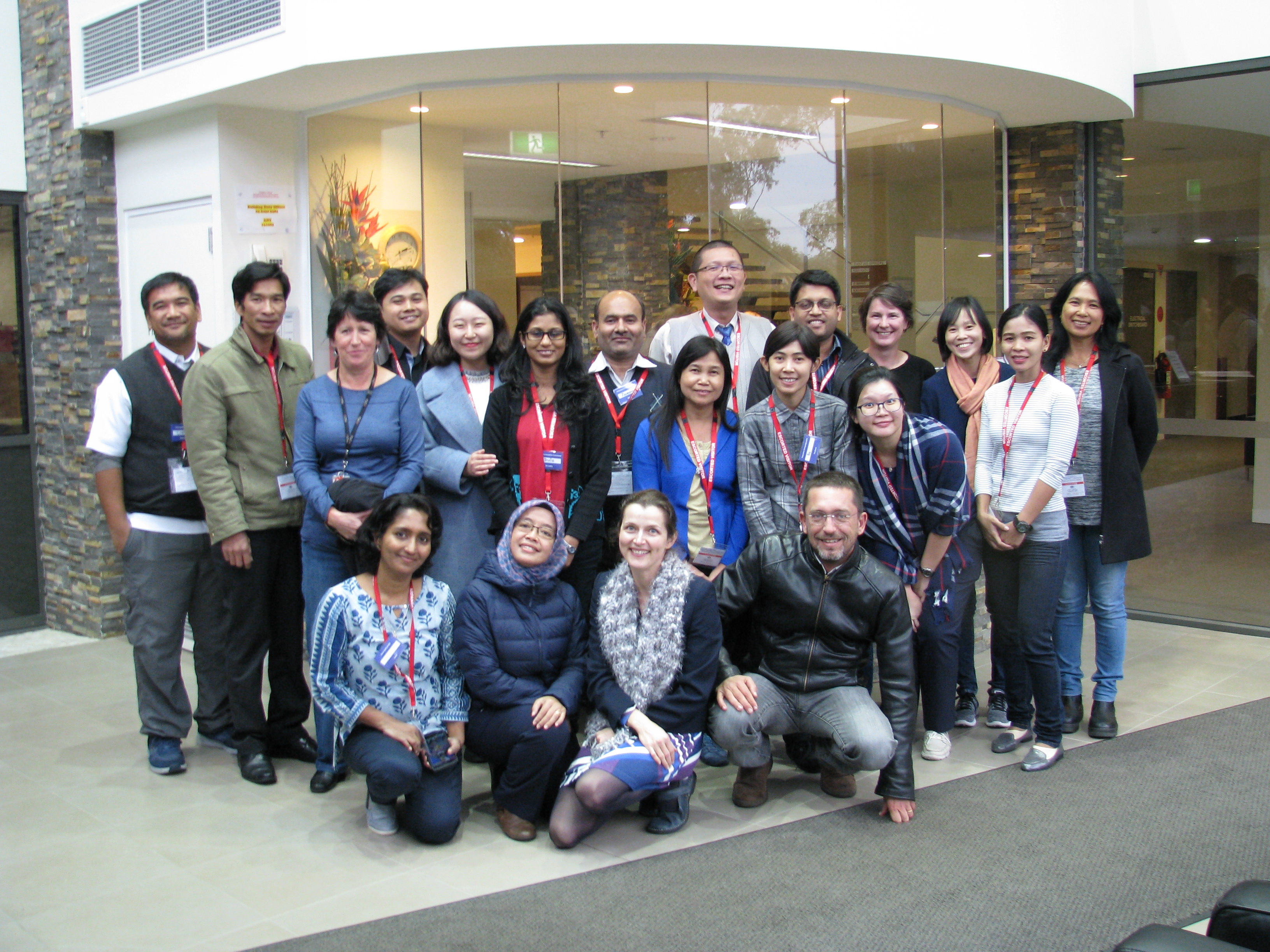
ARPANSA hosts course in helping understand our oceans
Starting on Monday 4 June and continuing this week, ARPANSA, in collaboration with the International Atomic Energy Agency, hosts a Regional Training Course on Radiochemical Analysis of Marine Environmental Samples.
- Home
-
Understanding radiation
-
Our services
-
Regulation and licensing
-
Research and expertise
-
Surveys and studies
- Radiation literature survey
- Personal UVR exposure measurements
- Survey of radio wave exposure 2022
- Brain tumour study
- National Diagnostic Reference Level Service (NDRLS)
- Wi-fi in schools measurement study
- Environmental EME report
- Base station survey
- Survey of residential power frequency magnetic fields
- Australian national diagnostic reference levels for MDCT - ADULT
- Technical reports
- Radiation emergency preparedness and response
- Australian Radon Action Plan
- Electromagnetic Energy Program
-
Surveys and studies
-
About us
- What we do
- Who we are
- Advisory Council and Committees
-
Corporate publications
- Our service charter
- Corporate plan
- Planning and accountability
- Regulator Performance Framework
- Work health and safety policy statement
- Quarterly Report series
- ARPANSA Research Strategy
- ARPANSA's artificial intelligence transparency statement
- Annual Report series
- Emissions Reduction Plan 2024/25
- Reconciliation Action Plan
- Significant regulatory activities
- Careers at ARPANSA
- Accessing our information
- Senate Order on Entity Contracts
- Public Interest Disclosure Scheme
- Payment methods
- Our policies
- Home
-
Understanding radiation
-
Our services
-
Regulation and licensing
-
Research and expertise
-
Surveys and studies
- Radiation literature survey
- Personal UVR exposure measurements
- Survey of radio wave exposure 2022
- Brain tumour study
- National Diagnostic Reference Level Service (NDRLS)
- Wi-fi in schools measurement study
- Environmental EME report
- Base station survey
- Survey of residential power frequency magnetic fields
- Technical reports
- Radiation emergency preparedness and response
- Australian Radon Action Plan
- Electromagnetic Energy Program
-
Surveys and studies
-
About us
- What we do
- Who we are
- Advisory Council and Committees
-
Corporate publications
- Our service charter
- Corporate plan
- Planning and accountability
- Regulator Performance Framework
- Work health and safety policy statement
- Quarterly Report series
- ARPANSA Research Strategy
- ARPANSA's artificial intelligence transparency statement
- Annual Report series
- Emissions Reduction Plan 2024/25
- Reconciliation Action Plan
- Significant regulatory activities
- Careers at ARPANSA
- Accessing our information
- Senate Order on Entity Contracts
- Public Interest Disclosure Scheme
- Payment methods
- Our policies
